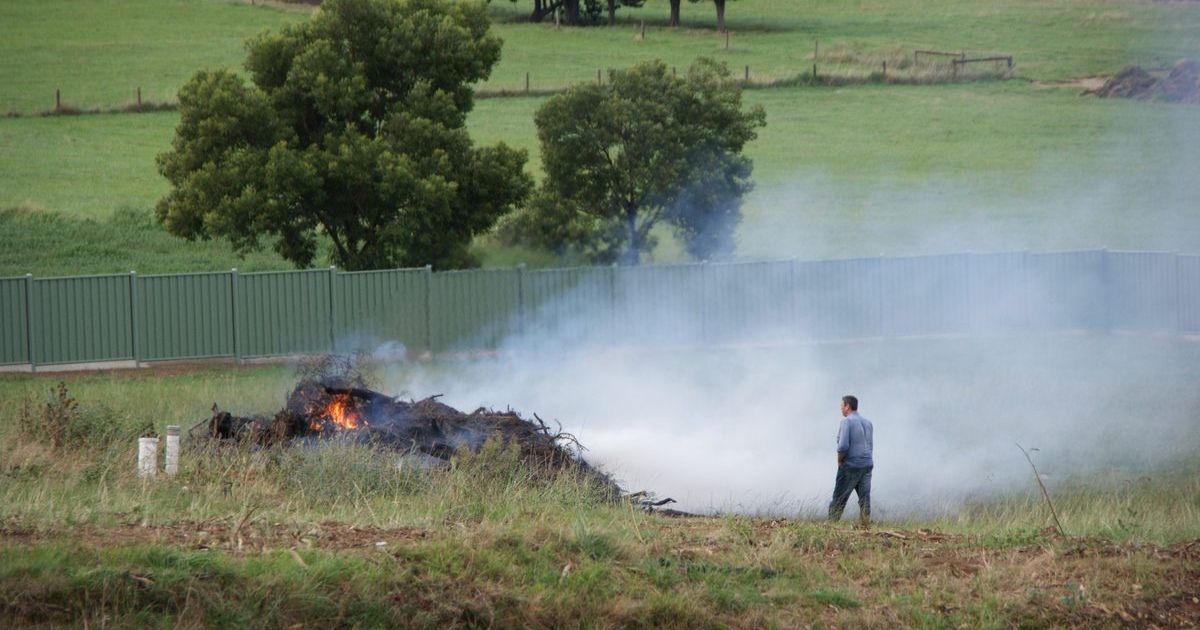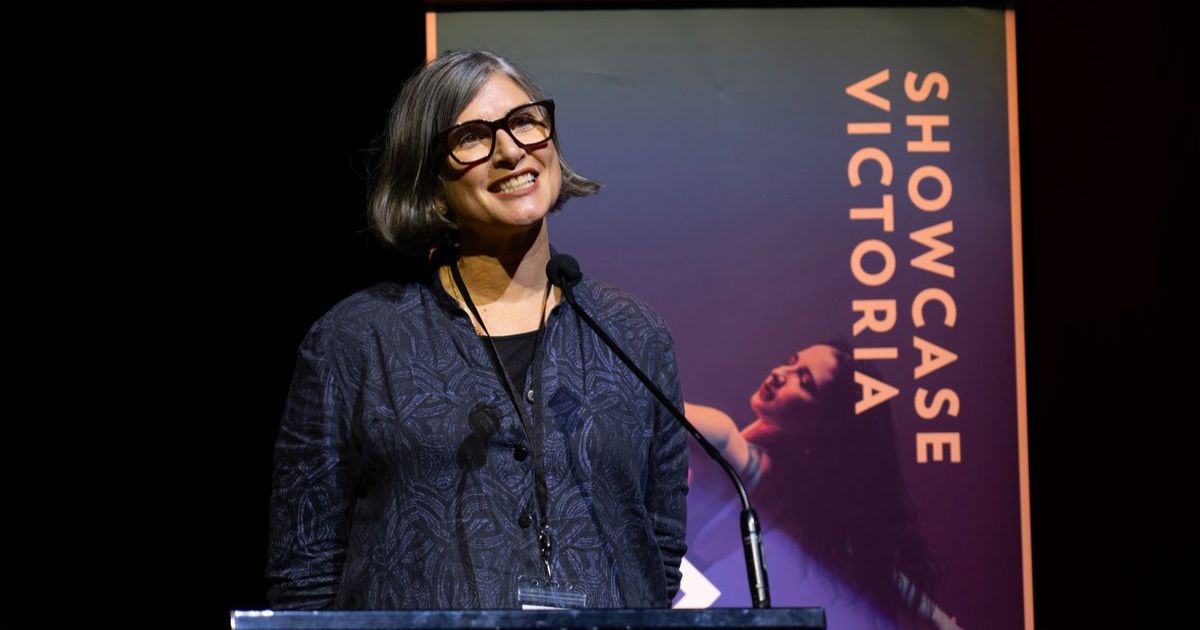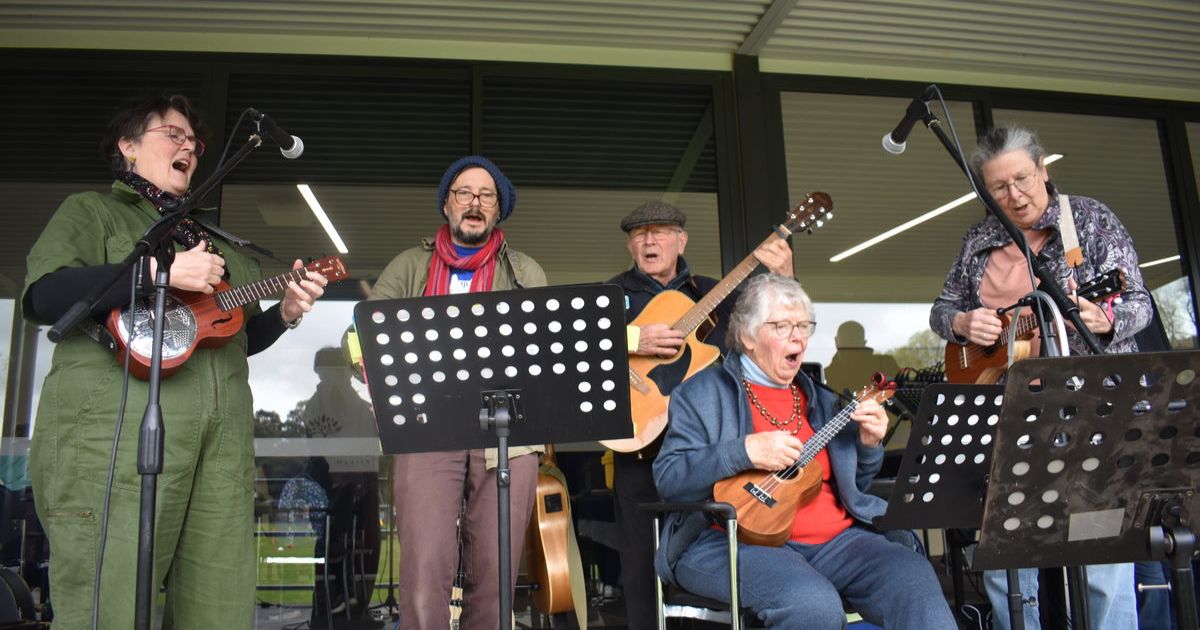Remembering prisoners in lesser-known WWII tragedy

Heartfelt: Donald Monro, guest speaker at this year’s Sandakan Memorial Service pays tribute to his father who died as a prisoner of war. Photo: STEVE WOMERSLEY
A MEMORIAL service for prisoners of war who died on death marches in the Borneo jungle during the Second World War was held in Strathdale on Sunday.
The hour-long Sandakan Memorial Service consisted of several tributes including by guest speaker Donald Monro, as well as the laying of wreaths and flowers by local groups.
The service is held each year to commemorate the estimated 1787 Australian and 641 British soldiers who perished in the Sandakan Marches towards the end of World War Two.
The Sandakan Death Marches took place in 1945 as the Japanese became increasingly concerned about the advance of Allied forces and sent about 1000 of the prisoners on a 260-kilometre march inland to Ranau.
Master of ceremonies Brigadier Steven Lee served in the Australian Army for 32 years, including posts in Rwanda and Iraq, and he said it’s important to take the time to commemorate the servicemen who lost their lives in the event.
“It was a very tragic episode in our military’s history,” he said.
Mr Monro’s father, William Monro, was in the Army and was one of those who perished at Sandakan.
Although a trained religious minister and offered a high posting, Mr Monro said his father decided he felt he would be of more use remaining in the ranks and acting as an advisor and mentor to the younger men.
Mr Monro’s father had been initially held at Changi in Singapore, until the contingent at Sandakan required a chaplain.
However, Mr Monro said there was a shortage of doctors, nurses, and chaplains in the force and when the contingent at Sandakan needed one, his father was deemed an appropriate “acting chaplain.”
“They decided the correct way to choose who would go would be the biblical method of drawing lots,” said Mr Monro.
“We knew the story of the shortest straw told to us by three of his mates who survived Changi.”
One of several World War Two veterans at the event was 99-year-old Pierce Grenfell who served in Bougainville in Papua New Guinea.
He said he was there to pay respects to a mate from Long Gully State School, Frank Burchnall.
Mr Burchnall was in the year above him and Mr Grenfell reminisced about playing together when they were young.
“We even played cricket on the little spot behind their house,” he said.
He said Mr Burchnall was in a separate battalion, along with his father, also a Frank Burchnall.
“I’d imagine they must have been together throughout the war,” Grenfell said.
“When the Japs took them on to Sandakan they were still together, which is an amazing thing.”
Lynette Silver, Australian historian and author, said it is difficult to say exactly how many of those at Sandakan were from Bendigo.
“There are about 8000 people who joined the Army who have some kind of connection to Bendigo – either born there or enlisted there,” said Ms Silver.
In 1942, an estimated 2428 Australian and British prisoners of war were sent to the city of Sandakan in British North Borneo, now known as the Malaysian state of Sabah, to construct an airstrip.
Only six sent to Sandakan survived the war with most killed by disease, infection, or starvation, and the remaining prisoners murdered by their captors.
The few that survived escaped into the jungle while marching and found help in local villages.
If there had been no survivors, it’s likely the story of the Sandakan prisoners would never have been known.
The Sandakan memorial in Strathdale is one of several across Australia and Victoria’s only one.

















